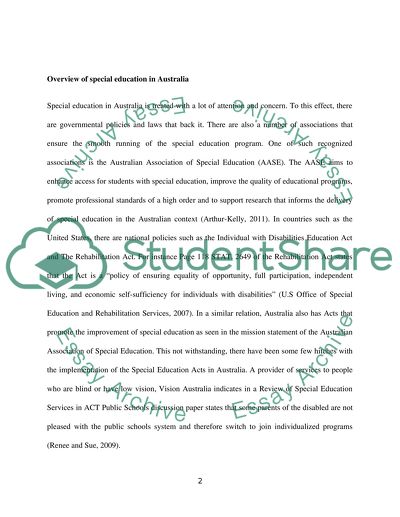Cite this document
(“Enrolment and Placement in Special Education Essay”, n.d.)
Enrolment and Placement in Special Education Essay. Retrieved from https://studentshare.org/education/1431364-enrolment-and-placement-in-special-education
Enrolment and Placement in Special Education Essay. Retrieved from https://studentshare.org/education/1431364-enrolment-and-placement-in-special-education
(Enrolment and Placement in Special Education Essay)
Enrolment and Placement in Special Education Essay. https://studentshare.org/education/1431364-enrolment-and-placement-in-special-education.
Enrolment and Placement in Special Education Essay. https://studentshare.org/education/1431364-enrolment-and-placement-in-special-education.
“Enrolment and Placement in Special Education Essay”, n.d. https://studentshare.org/education/1431364-enrolment-and-placement-in-special-education.


